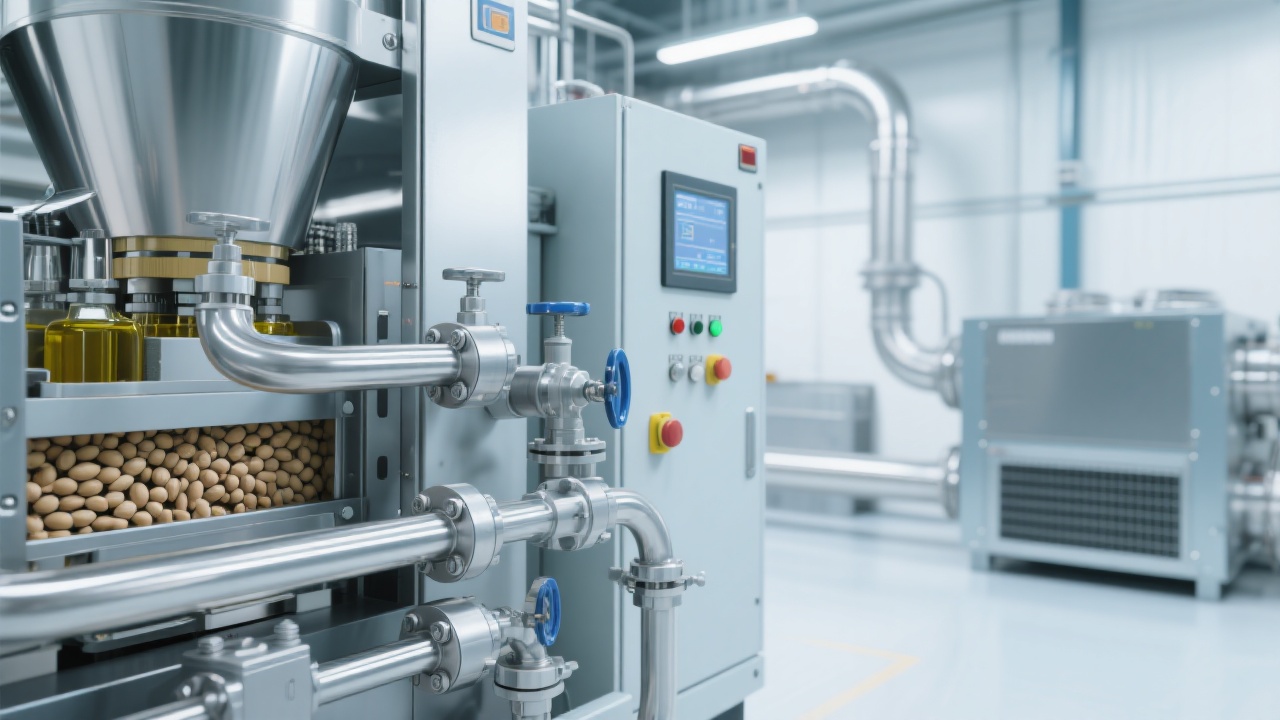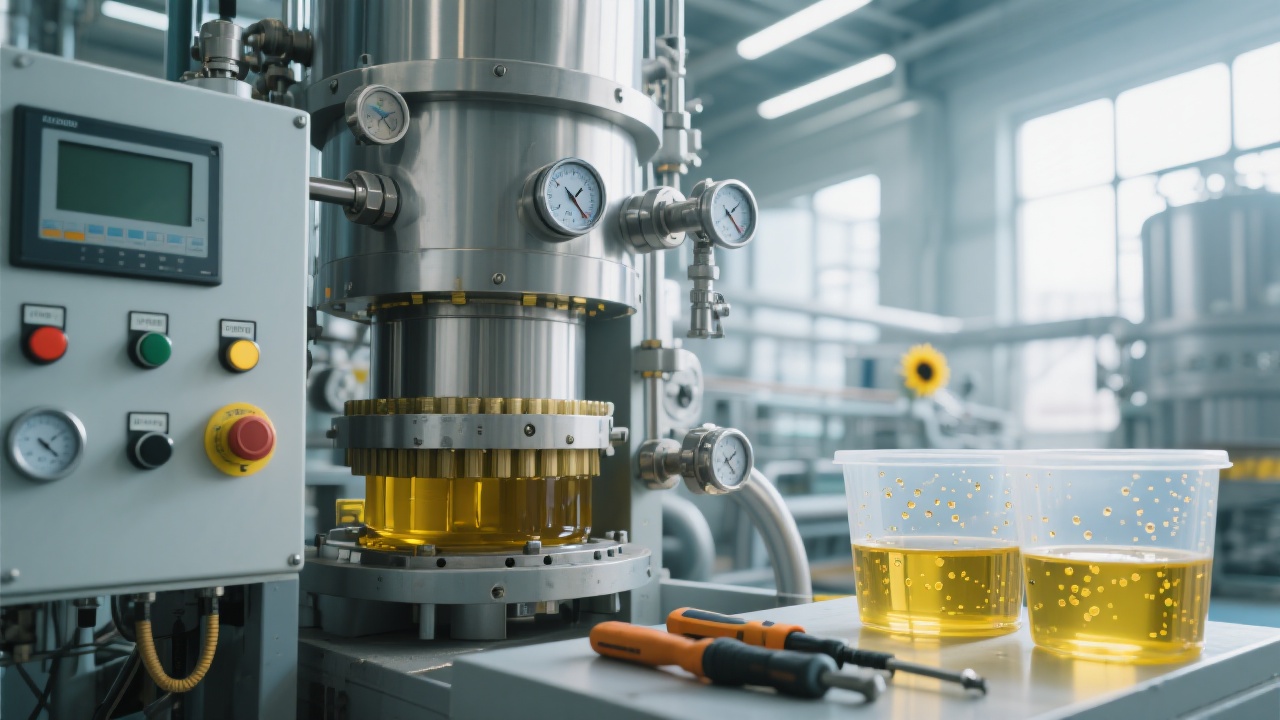
In the palm oil industry, you've likely encountered challenges around balancing high oil yield with energy consumption constraints. From my 18 years supporting global B2B clients across mechanical and chemical sectors, a recurring pitfall is inefficient equipment pairing and suboptimal processing parameters. This guide dissects every critical stage of palm oil pressing—from raw material pre-treatment to refining—revealing proven techniques to ramp up extraction efficiency without compromising quality or inflating your operating costs.
The foundation for high-efficiency extraction lies in how well your fresh fruit bunches (FFB) are crushed. You want crushers delivering uniform particle size distribution consistently around 3-5 mm. Why? Because finer crushing improves cell wall rupture, facilitating oil liberation in the subsequent pressing stage.
Opting for high-performance hammer mills with adjustable screen sizes can optimize throughput while preventing over-pulverization, which wastes energy and can impair press performance. For example, a major client in Southeast Asia reduced their powder variance by 15% after implementing this strategy, resulting in a 2% increase in oil yield.
Press parameters are the heart of palm oil extraction efficiency. Temperature and pressure curves directly determine how much oil you can recover without deteriorating quality.
| Parameter | Optimal Range | Effect on Yield and Quality |
|---|---|---|
| Temperature (°C) | 55 - 65 | Breaks down oil bodies, improves extractability without degrading heat-sensitive nutrients |
| Pressure (MPa) | 3.5 - 5.0 | Higher pressure boosts oil yield but excessive compression may crush fibers leading to impurities |
| Pressing Time (min) | 20 - 30 | Ensures maximum oil release while minimizing energy consumption |
By monitoring and dynamically adjusting these parameters using automated control systems, one Nigerian plant achieved a steam consumption below 300 kg/t oil and electrical usage under 22 kWh/t oil — significantly outperforming industry averages.
The separation phase is critical to maximizing your recovered oil volume and purity. Key is precise control of the oil-water interface within the decanter centrifuge. Adjusting bowl speed (typically 3500-4500 rpm) and flow rates controls phase separation efficiency.
Our case study with Penguin Group's high-performance centrifuge demonstrated a 3% absolute increase in oil recovery by optimizing these parameters. The improved interface control also reduced oil losses with solids, lowering downstream purification costs.

Refining is not just about purity; it’s also about maintaining nutrient content efficiently. Implementing closed-loop heat exchangers recovers thermal energy to preheat incoming oil, cutting steam demand by up to 15%. Simultaneously, controlling alkali dosing and bleaching stages prevents nutrient depletion and pro-oxidant residues.
One client in Malaysia leveraged these techniques to reduce refining energy costs by 18% while sustaining top-grade oil quality consistently across batches.
Manual adjustments introduce variability and downtime. Deploying a PLC (Programmable Logic Controller) system integrates sensors and actuators across the entire process line, enabling real-time monitoring and automated parameter adjustments.
This automation not only minimizes human error but also facilitates predictive maintenance—alerting you before wear-related equipment failures occur. For example, a leading Indonesian facility reported 12% reduction in unplanned downtime post-automation.
Sustaining equipment uptime is essential. We recommend scheduling weekly inspections focusing on wear patterns in crushers and presses, lubrication of bearings, and verifying temperature/pressure sensor calibration.
Common faults such as inconsistent oil flow rates or abnormal vibrations often stem from clogged channels or imbalanced rotors. Training your operators to perform quick diagnostics—supported by PLC fault codes—can slash downtime and extend machine life by years.

Let every ton of oil you extract be more energy-efficient and productive—that's the proven outcome we've validated with Nigerian clients and beyond. Implementing these equipment selections and process optimizations will position your plant for sustainable competitive advantage.

